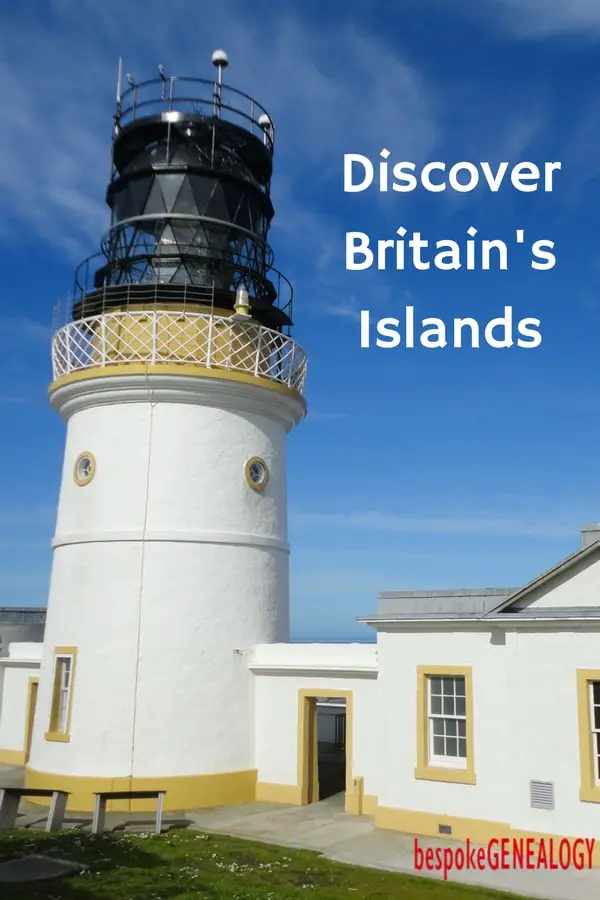
Many people are surprised to learn that, as well as the two large Islands of Great Britain and Ireland, the British Isles consists of over six thousand smaller islands. Many of the islands are just uninhabited bits of rocks sticking out of the ocean, but others are quite large with sizable populations. This post looks at some of Britain’s islands which are well worth visiting both for a quick trip or a longer stay, starting in the south in Jersey and finishing in the North at Shetland. That’s a distance of 766 miles as the crow flies, by the way.
I should just mention that the Republic of Ireland (understandably) usually refers to the archipelago as “Britain and Ireland” and not the “British Isles”.
Jersey
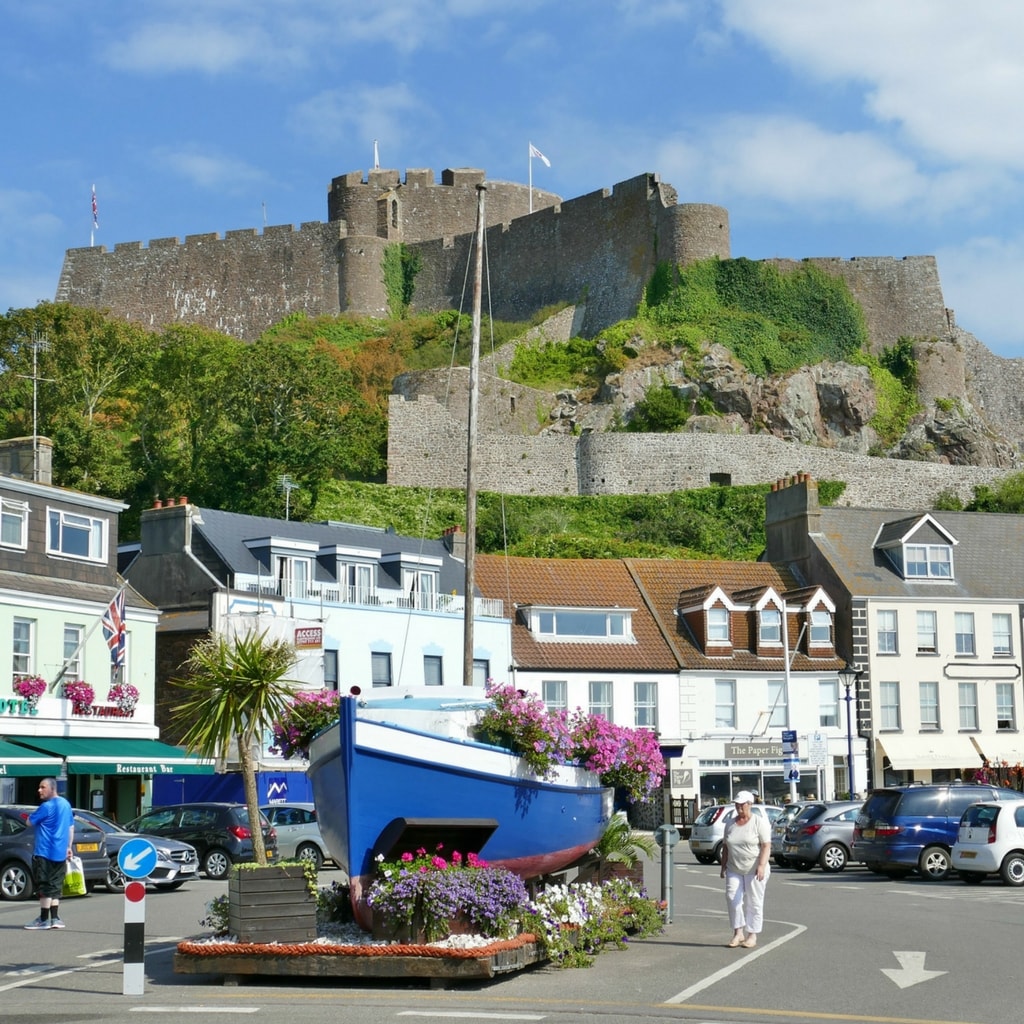
Orgueil Castle, Jersey
Strictly speaking Jersey is not part of the British Isles archipelago and is in its own, much smaller, one called the Channel Islands. However, the Channel Islands are usually referred to as being part of the British Isles.
The Bailiwick of Jersey is a British Crown dependency and is actually geographically much closer to France than Britain; as a result the island feels like England with French characteristics. It is a fairly compact Island being about 9 miles long by 5 miles wide. The main town on the Island is St Helier, with a population of about 34000.
There are regular flights to Jersey from many UK and Irish airports including Belfast, Birmingham, Edinburgh, London (City, Gatwick and Luton) and Manchester. The following airlines fly into Jersey; easyjet, Aer Lingus, Jet2, British Airways and Loganair.
Condor Ferries operate car ferries from Poole and Portsmouth. Note that if you take your own car or a hire car from outside of Jersey, you will need to display a nationality plate on the back of the vehicle.
Cars can be rented in Jersey. More information is available here.
If you are not bringing your car or hiring one, there are a number of bus tours that can be taken. More information is here. There are also regular bus services operated by Liberty Bus between the main towns and villages on the island.
As well as the lovely countryside, attractive villages and magnificent beaches, there are plenty of things to see and do, including:
- Mont Orgueil Castle; A medieval castle in a dramatic location with views across to France.
- Maritime Museum
- Elizabeth Castle; not as old as Mont Orgueil, but just as dramatic.
- Hamptonne Country Life Museum
- Jersey Archive; If you have family roots on the island.
A lot more information about Jersey including other attractions and where to stay can be found on the official website here.
Isle of Wight
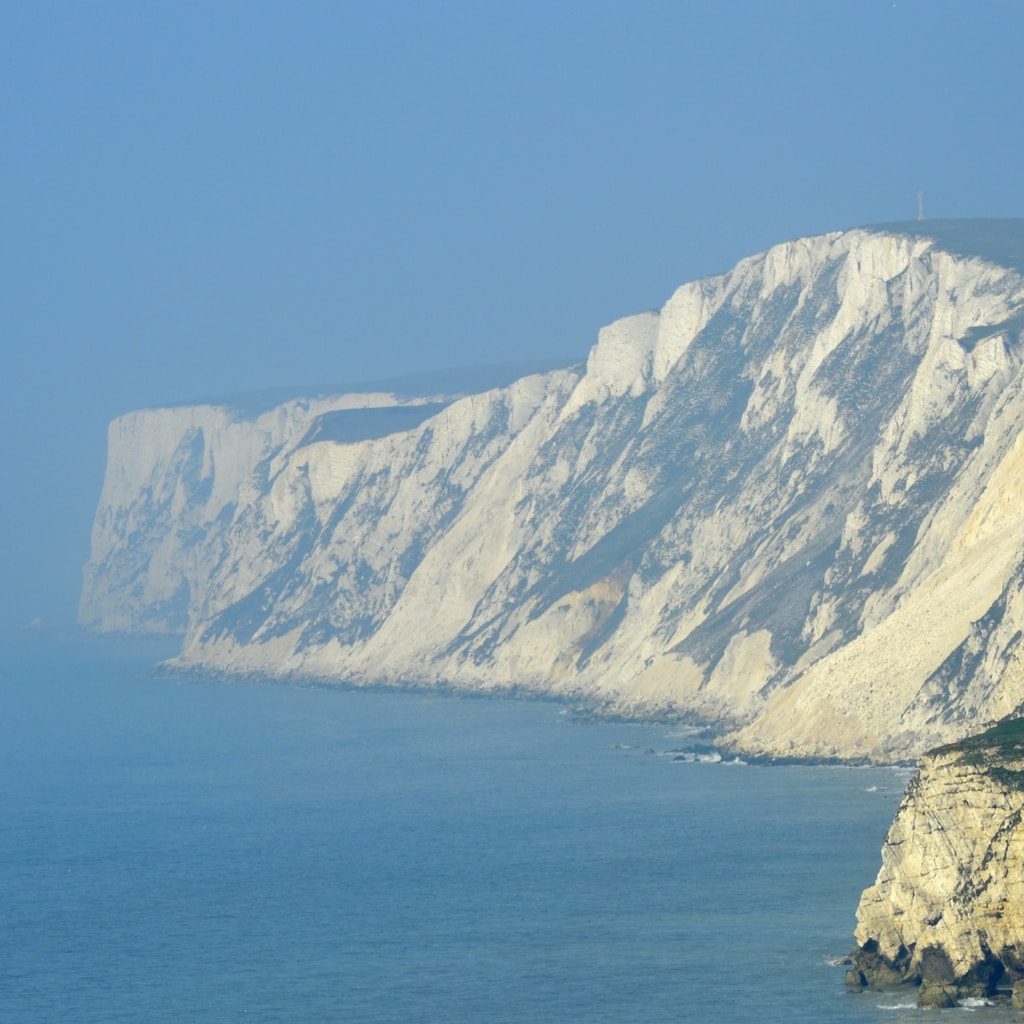
Isle of Wight
This island is much closer to England than Jersey and is just off the Hampshire coast. Unlike Jersey, this island is a county of England and returns a Member of Parliament to Westminster. It is the largest island in England with a population of 140,000.
There are two main options for getting to the Isle of Wight:
- Train; regular trains operated by South Western Railway run from London Waterloo to Portsmouth where you can connect with the hovercraft to Ryde on the island. There is a connecting train there called the Island Line which runs to Shanklin. Through rail and ferry tickets are available.
- Car; you can drive to the island via three car ferry routes. Portsmouth to Fishbourne and Lymington to Yarmouth are operated by Wightlink. Southampton to East Cowes is operated by Red Funnel.
There are no regular flights to the Isle of Wight. The nearest regional airports are Southampton or Bournemouth.
Like Jersey, the Isle of Wight has pristine beaches, lovely countryside and pretty villages. Other attractions include:
- Osborne House, owned by English Heritage was Queen Victoria’s favourite residence and was built 1845-51.
- Isle of Wight Steam Railway Step back to a bygone era on this lovely railway.
- Carisbrooke Castle. An important Norman castle
- Shanklin Chine. This beautiful tree lined gorge has been a visitor attraction for more than 200 years.
For more information about the Isle of Wight including other attractions and accommodation, visit the official Tourist Information website.
The Scilly Isles
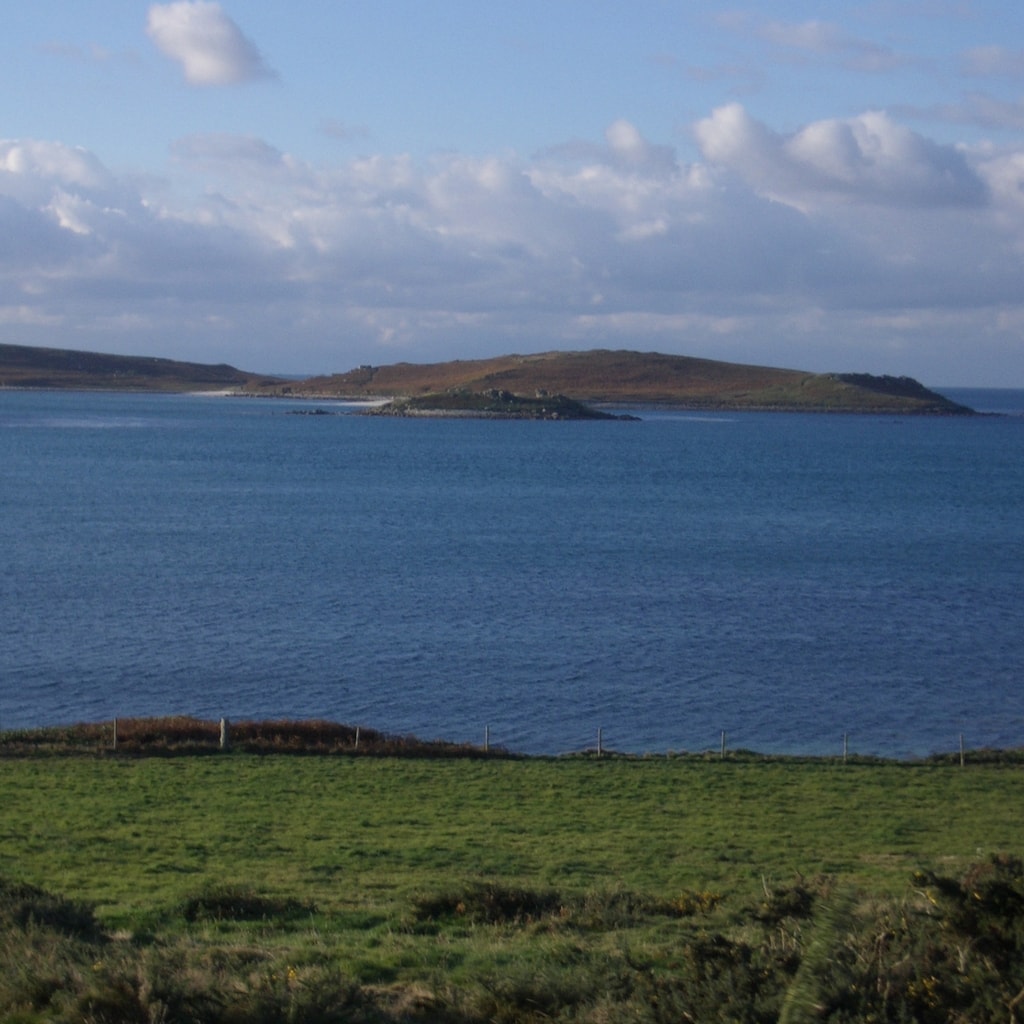
The Scilly Isles
The Scilly Isles lay 28 miles west of Lands End, Cornwall and consist of 145 islands, five of which are inhabited and have a combined population of about 2300. The islands are part of England and have their own local council. Nearly half the population live in the largest settlement, Hugh Town on the island of St. Mary’s.
There are two options for getting there:
- Flights are available in very small planes from three airports; Exeter (60 minutes), Newquay-Cornwall (30 minutes) and Land’s End (15 minutes). Flights are operated all year round by Skybus.
- The most popular way to arrive is be sea from Penzance on the Scillonian III ship. The journey takes 2-3/4 hours and is like a mini cruise as it passes the Cornish coast. The ship operates between March and November, more information is here.
You cannot take your car to the islands or hire one when you get there. However, you can hire bikes or golf buggies to get around. There are also tour buses and taxis available on St Mary’s. The islands are not large and there are plenty of walking trails to enjoy. Tripper boats can be taken to get between the inhabited islands.
Scilly is probably most famous for the sub-tropical Tresco Abbey Gardens with more than 20,000 species of plants from around the World.
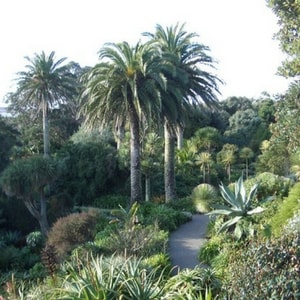
Tresco Abbey Gardens, Scilly Isles
The islands are reputed to have the cleanest beaches and waters in Europe. Amongst the attractions are opportunities to go scuba diving, follow nature trails and enjoy the flora and fauna. Details of things to do and accommodation details can be found on the official Scilly Isles Tourism website.
Lundy Island
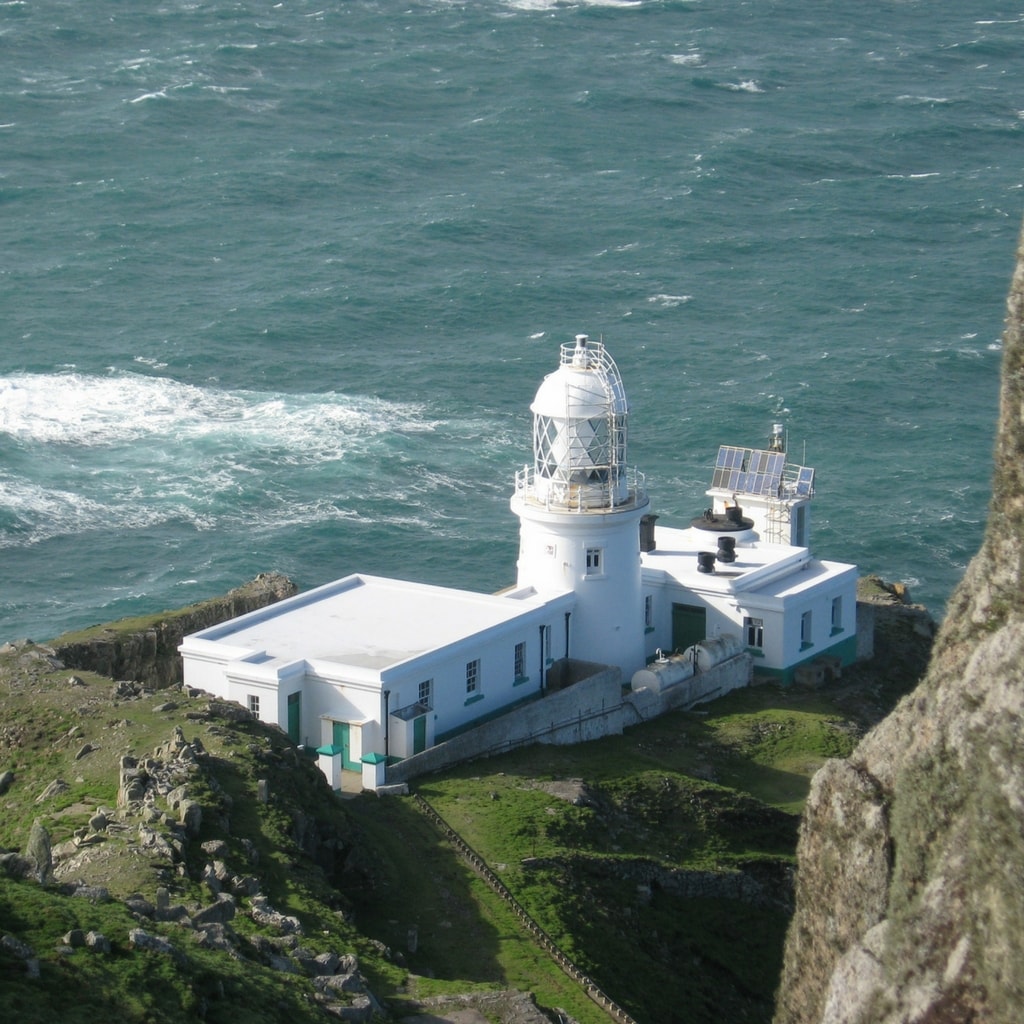
North Lighthouse, Lundy Island
Lundy lies in the Bristol Channel, 12 miles off the coast of Devon. It is smaller than the other islands mentioned here, being only 3 miles by ½ mile, with a resident population of around 30. Lundy was bought by the National Trust in 1969 and is leased by the Landmark Trust. The island is a very special place to visit as there are virtually no cars, roads or pollution. It is also milder than the rest of England with less rain as it is in its own micro climate. It is a place to go to breath in the fresh air and enjoy the wildlife like the puffins and seals.
Access to the island is by sea on the MS Oldenburg which sails from Bideford and Ilfracombe between March and October. The trip one way takes less than two hours. Most people take a day trip to Lundy. You should be aware though that the Bristol Channel can get a bit choppy and I know from personal experience that sometimes the crossing is a bit rough and can even be cancelled. But it is well worth the trip when you get there.
If you get the chance, I highly recommend staying for a while in one of the 23 properties available for rent on the island. Lundy is the perfect place to unwind. Details of the properties are here.
More details of what there is to see and do on Lundy can be found on the official website.
Shetland Islands
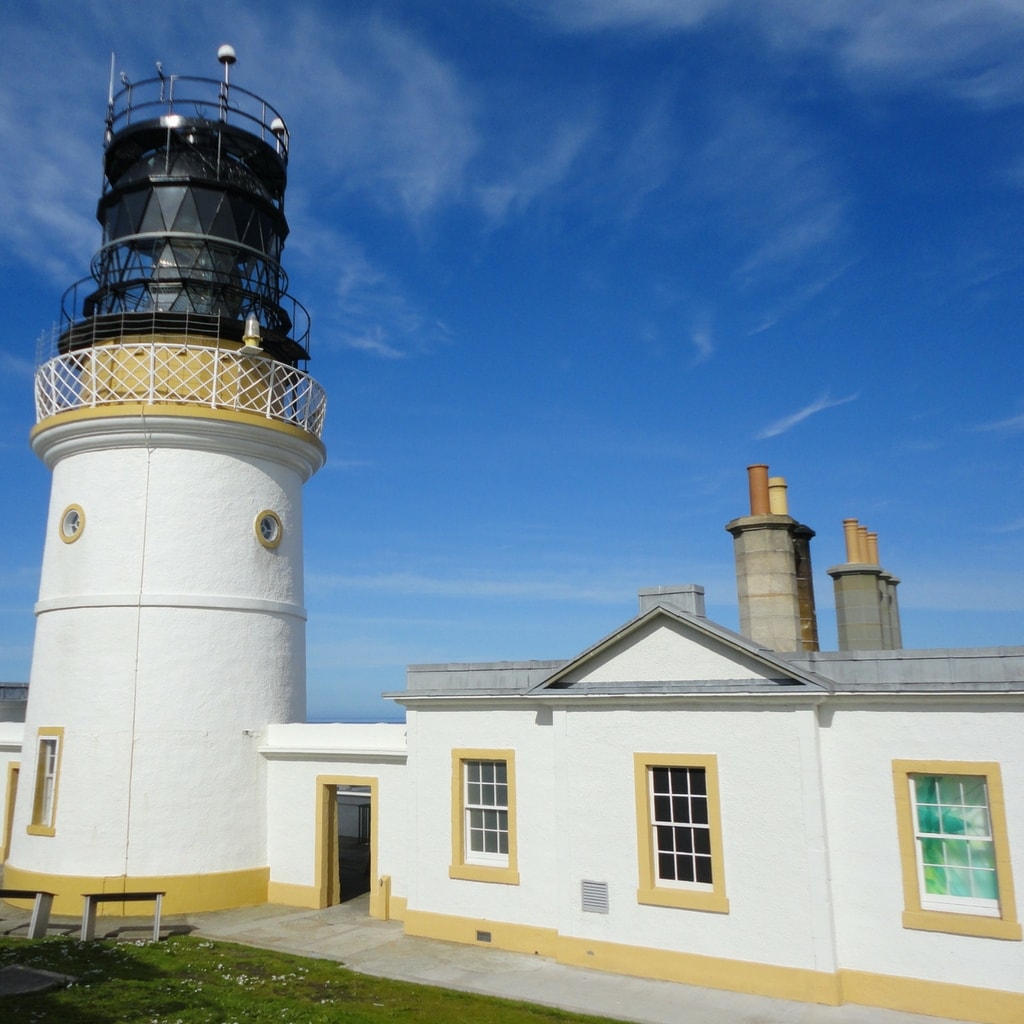
Sumburgh Lighthouse, Shetland
The Shetlands are a group of islands to the North East of the Scottish mainland, 50 miles north of the Orkney Islands. There are 15 inhabited islands, the largest is known as the Mainland which contains the principal town Lerwick. The Shetlands are part of Scotland, although Lerwick is actually closer to Bergen in Norway than Edinburgh. In fact, the islands belonged to Norway until the 15th Century when they were annexed by Scotland.
The options for getting to Shetland are:
- Air; Loganair has flights from major Scottish cities as well as Manchester and Bergen.
- Ferry; the overnight, 12-13 hour crossing from Aberdeen is operated by Northlink Ferries. You can take your car to Shetland.
If you like the scenery in the Scottish highlands then you will love the Shetlands rugged island beauty. The islands contain some of the UK’s highest cliffs as well as miles of perfect sandy beaches and plenty of sea lochs. More information about the landscapes of the islands can be found here.
There is plenty of history to discover on Shetland. There is evidence that the first settlers arrived on the islands around 3000BC. You can visit the remains of the 4000 year old Stanydale “temple” on the main island.
However, it’s the Vikings who have left the most evidence of their occupation which started around 800AD. If you visit the Northern island of Unst, you will find the remains of Viking longhouses as well as a reconstruction of one at Haroldswick. More details are here.
The Shetland Museum and Archives is the place to go to discover much more about Shetland’s history.
If you can get to Shetland in January, you will be able to join Up Helly Aa. This famous festival, which celebrates the end of the Yule season, culminates in the burning of a Viking longship.
For more information about the Shetlands as well as details of other attractions, visit the official tourism website here.
Happy Island hopping!
Please pin a pin to Pinterest:

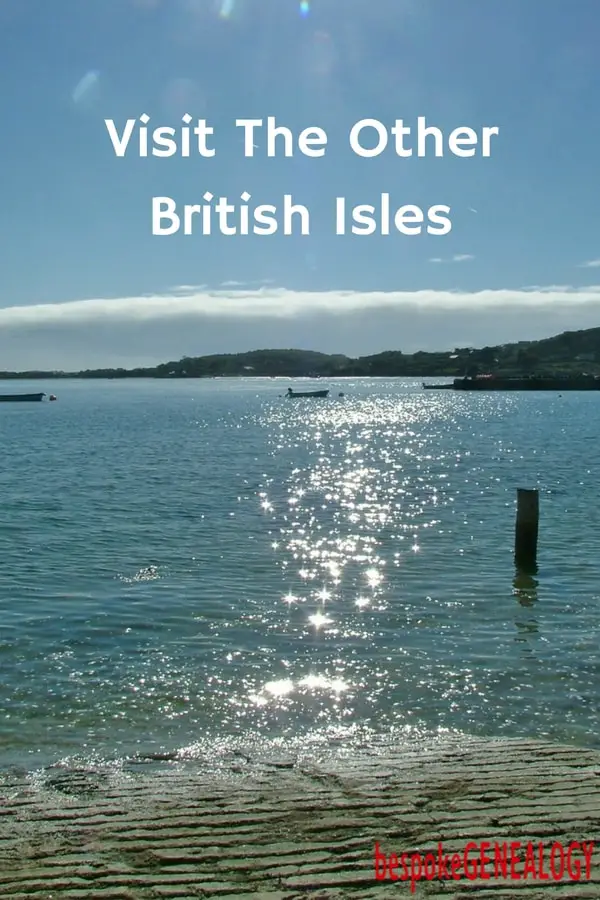
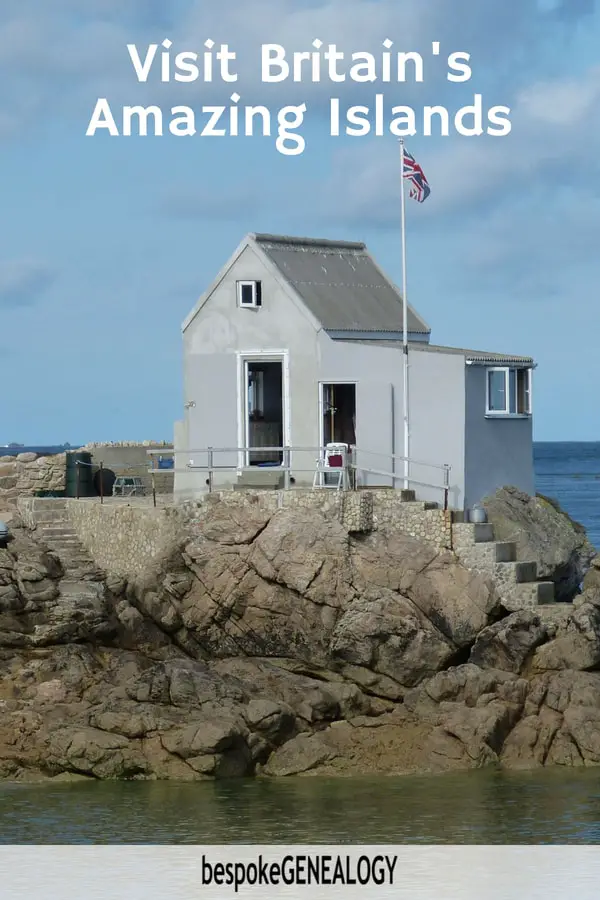
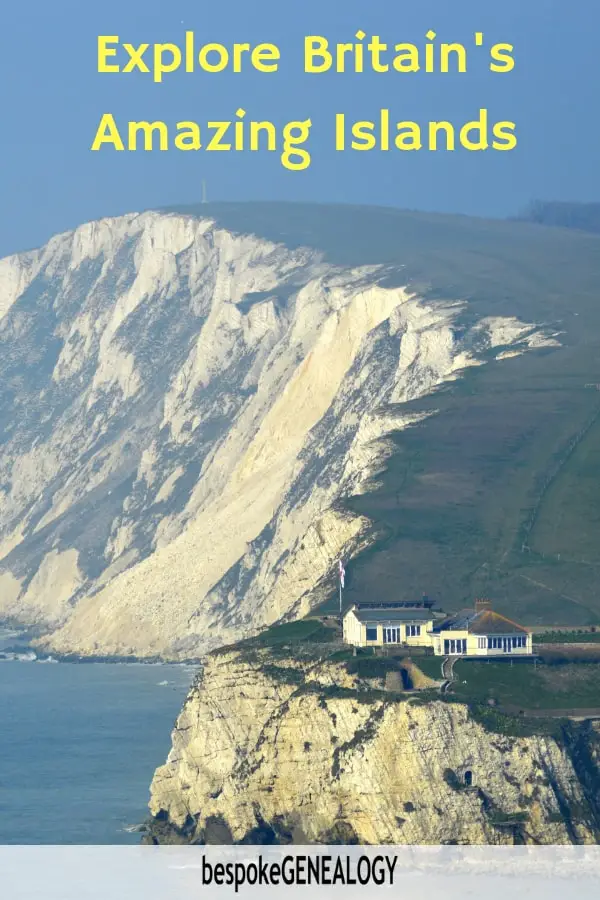
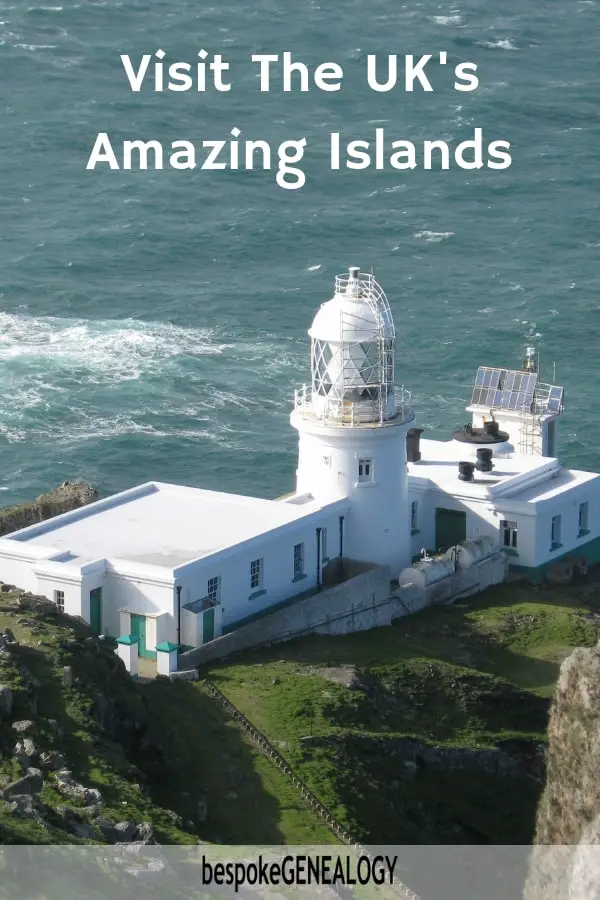
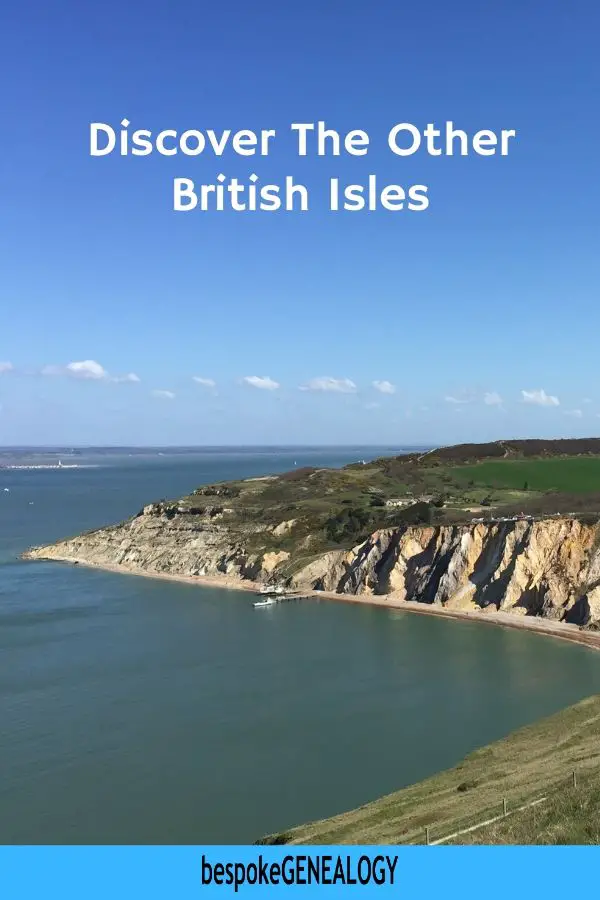
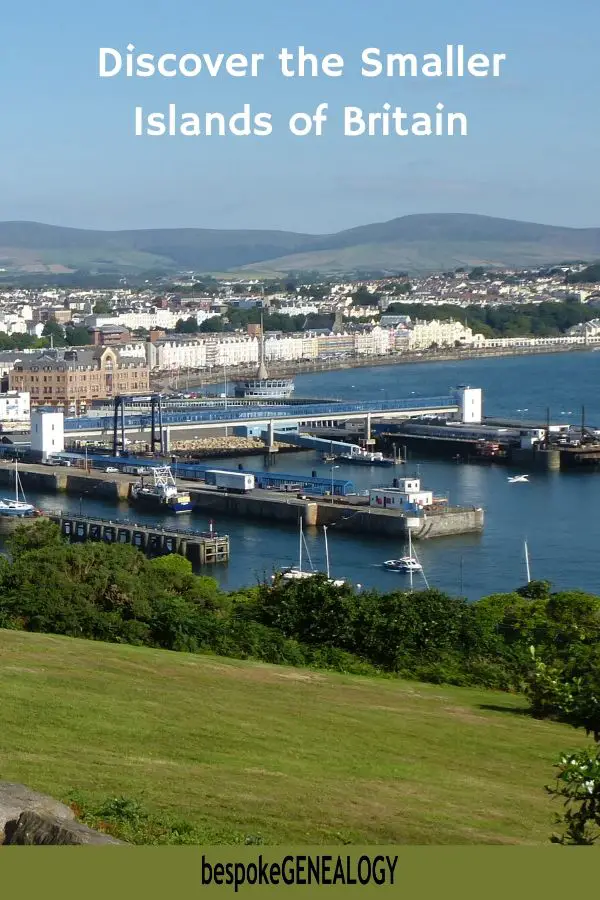
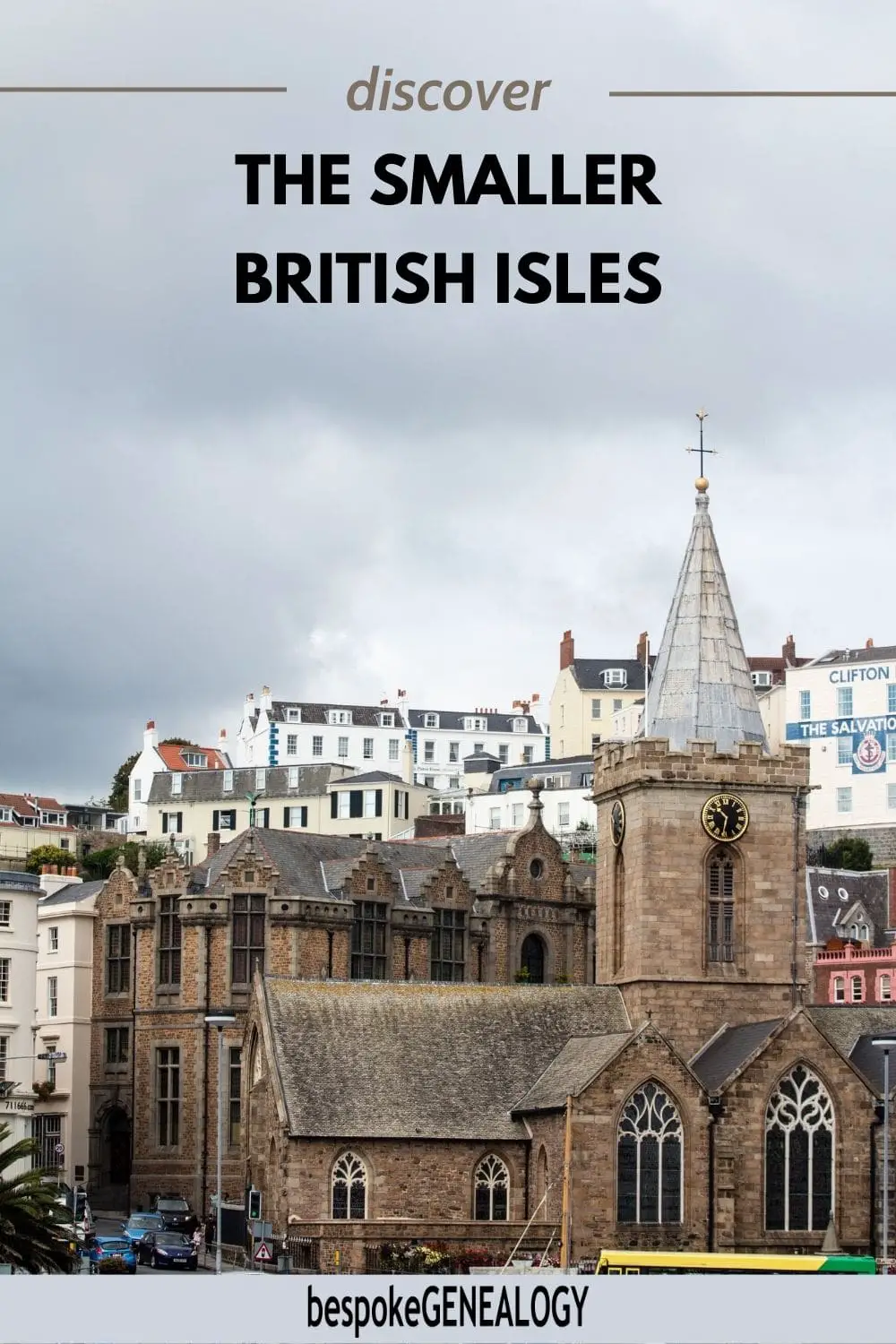

I am searching for where the Vokey family originated The info I have is Jersey Channel Islands , but there are no records. The earliest record is William Vokey who come to Newfoundland Ca born 1729. married Sarah Strickland
If your ancestor came from Jersey, he may have had a French name like Vicque which was Anglicized in Canada. I would recommend contacting the Channel Islands Family History Society https://jerseyfamilyhistory.org/ for advice.